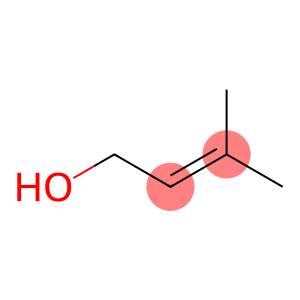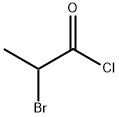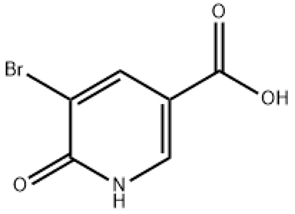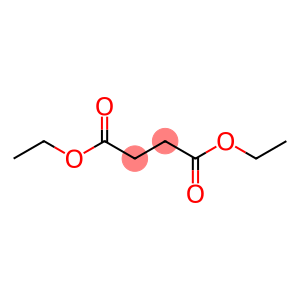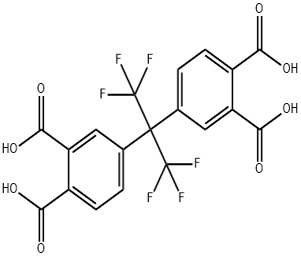3-Methyl-2-buten-1-ol(CAS#556-82-1)
| Hazard Symbols | Xn – Harmful |
| Risk Codes | R10 – Flammable R22 – Harmful if swallowed R36/37/38 – Irritating to eyes, respiratory system and skin. R38 – Irritating to the skin R21/22 – Harmful in contact with skin and if swallowed. |
| Safety Description | S26 – In case of contact with eyes, rinse immediately with plenty of water and seek medical advice. S36 – Wear suitable protective clothing. S37 – Wear suitable gloves. S23 – Do not breathe vapour. S16 – Keep away from sources of ignition. |
| UN IDs | UN 1987 3/PG 3 |
| WGK Germany | 1 |
| RTECS | EM9472500 |
| TSCA | Yes |
| HS Code | 29052990 |
| Hazard Class | 3 |
| Packing Group | III |
Introduction
Isoprenol is an organic compound. It is a colorless liquid with a pungent odor. The following is an introduction to some of the properties, uses, preparation methods and safety information about isoprenol:
Quality:
Isopentenol is soluble in water and some organic solvents such as alcohols and ethers.
It has a strong pungent odor and can cause irritation or burns when vapor inhaled or in contact with the skin.
High concentrations of prenyl alcohol can form explosive mixtures.
Use:
It can also be used in the preparation of coatings, solvents, and dyes.
Method:
The main preparation method of isoprene alcohol is obtained by the epoxidation reaction of isoprenene, which is usually catalyzed using hydrogen peroxide and acidic catalysts.
Safety Information:
Prenyl alcohol is irritating and should be used with proper protective gear and avoid contact with skin and eyes.
Care should be taken to avoid contact with oxidants, strong acids and bases when using or storing isoprenol to avoid dangerous reactions.
Isopentenol has a low flash point and explosion limit and should be kept away from open flames and ignition sources and operated in a well-ventilated area.


